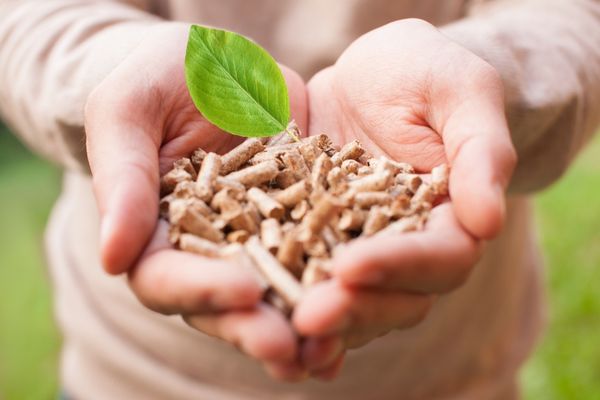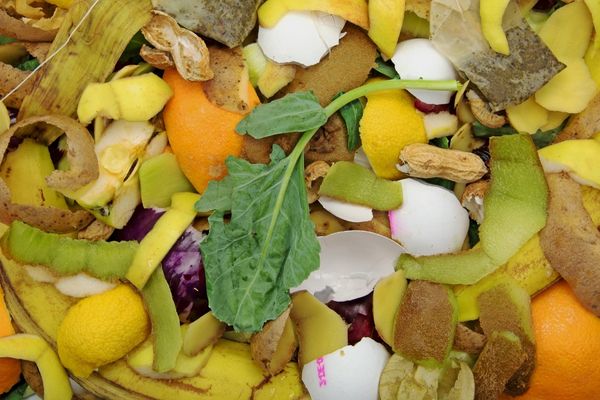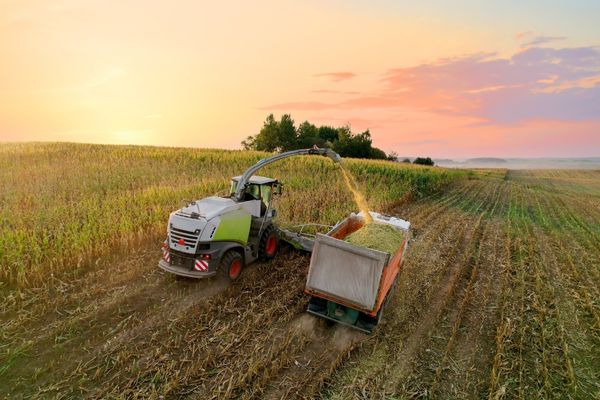Bioethanol
Bioethanol
The renewable fuel of agricultural origin for boilers.

Biomass: what it is, types, and advantages
Converting our waste into sustainable energy
Reading time: 5 min
Human beings generate organic material on a daily basis, but what if it could be harnessed to produce energy that was also renewable? That is biomass: an energy source that harnesses different waste to create a renewable fuel, neutral in CO2 emissions and very competitive.
What is biomass and how is it obtained?
Biomass is a heterogeneous energy source as it can appear in diverse forms: agricultural waste (stubble), forestry (cleaning of forests and river basins), agri-food (waste from the livestock industry or industrial oil), and the organic matter generated by human beings in the form of rubbish.
According to the European Renewable Energy Directive, biomass is also understood by “the biodegradable fraction of products, waste, and residues of biological origin from agricultural, including plant and animal substances, from forestry and related industries, including fisheries and aquaculture, as well as the biodegradable fraction of waste, including industrial and municipal waste of biological origin."
The most used material in the production of bioenergy is wood, whether it be in the form of pellets, wood chips, briquettes, sawdust, or firewood; thanks to the combustion of these organic materials, we can obtain heat, fuels, and electricity. In countries such as Spain, with a rich natural environment and an extensive agricultural and livestock production, the possibility of having energy obtained from biomass is magnificent news, as it is much more simpler to access the necessary raw materials for its production.
How is energy from biomass harnessed?
Biomass can be harnessed to produce heat, electricity, or fuels. Furthermore, its adaptability allows it to be used both on a small scale (for example, in the boiler of a house or building) and on a large scale (in biofuel plants).
The methods to produce energy from biomass are grouped in two big groups:
Thermochemical methods
They are those that transform biomass from heat; they are used in materials with less moisture.
Biochemical methods
Certain microorganisms are used to degrade organic matter molecules. They are applied to materials with higher moisture content.
Types of biomass
We can classify biomass into three main groups:

Natural biomass
It is produced in nature without human intervention.

Residual biomass
It is organic waste produced by human activity. For example, solid urban waste or that which comes from agricultural, livestock, or industrial activities. This, in turn, can be classified as wet or dry.

Biomass produced by energy crops
It is those crops whose purpose is the use of energy and in which a specific species is planted to maximize the production of living matter.
Advantages of biomass
Sustainable, cost-effective, and accessible
The availability of raw materials is high and their use contributes to the good use and conservation of natural areas.
It favors the circular economy
It transforms its own waste (for example, through the use of ash as agricultural fertilizer) and minimizes the environmental impact.
It drives the creation of jobs
It is an asset to combat energy poverty in those parts of the world where the cost of fossil fuels consumes a large part of their GDP.
It reduces dependence on fossil fuels
In sectors where decarbonization is very complicated, such as heavy vehicle or air transport.
Ways of harnessing energy from biomass according to its origin
Given the diversity of organic materials that can be used to produce energy through biomass, biomass also adopts different forms depending on its origin.
Repsol and biomass
Biomass is emerging as one of the pillars of the circular economy thanks to the use of what was once considered mere waste, which can now be used as renewable energy resources. The circular economy is one of our strategic pillars for accelerating the energy transition and achieving the ambitious goal of becoming a company with net zero emissions by 2050. That is why we have invested 200 million euros into the Cartagena industrial complex (Murcia), which is the first plant in Spain to produce 100% renewable fuels on a large scale, among others.
The facility started operations in the first quarter of 2024 and is expected to produce 250,000 tonnes of renewable fuels per year.
Bioethanol
The renewable fuel of agricultural origin for boilers.

What is biodiesel and what is it used for?
That is the new renewable fuel.